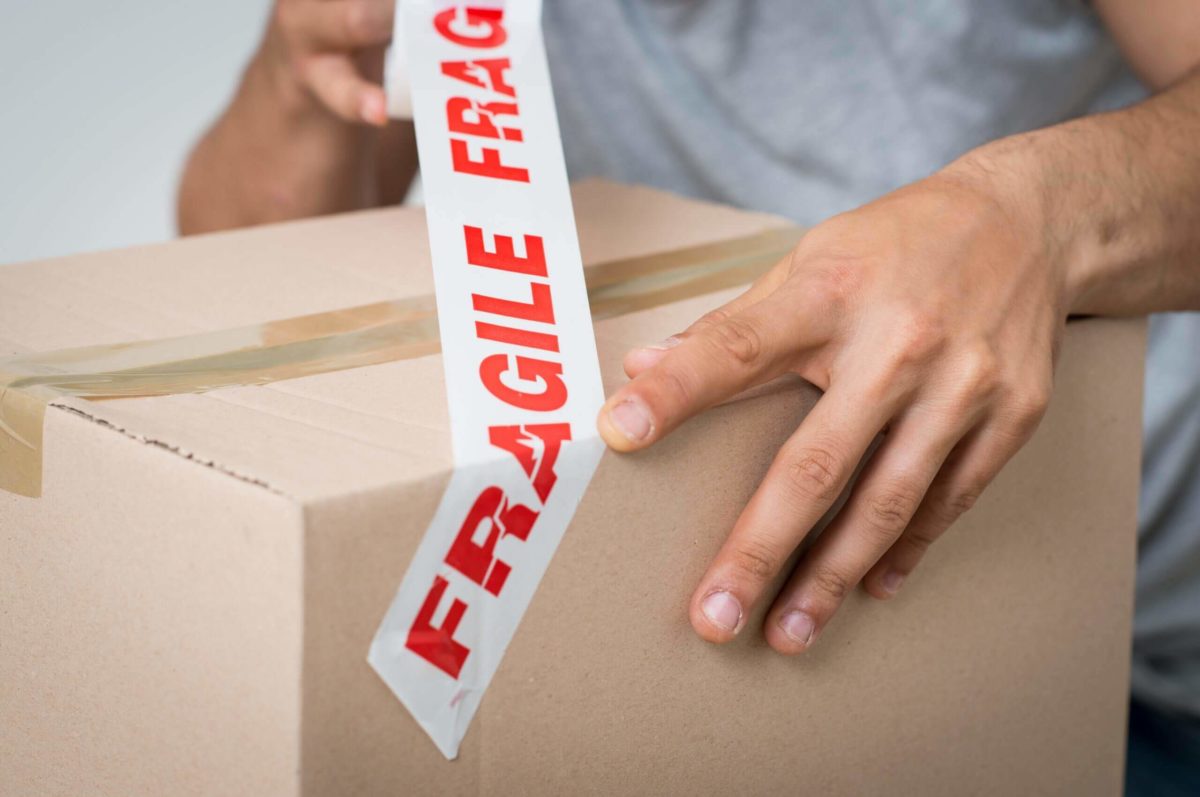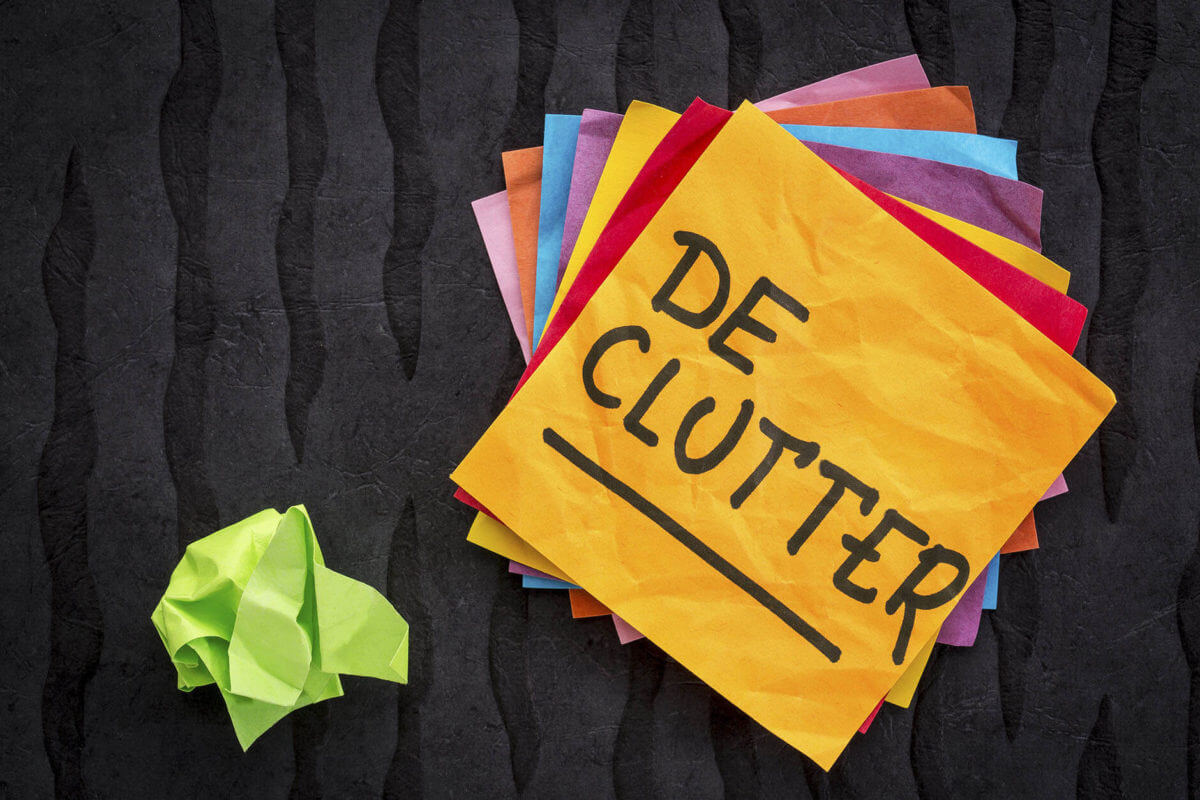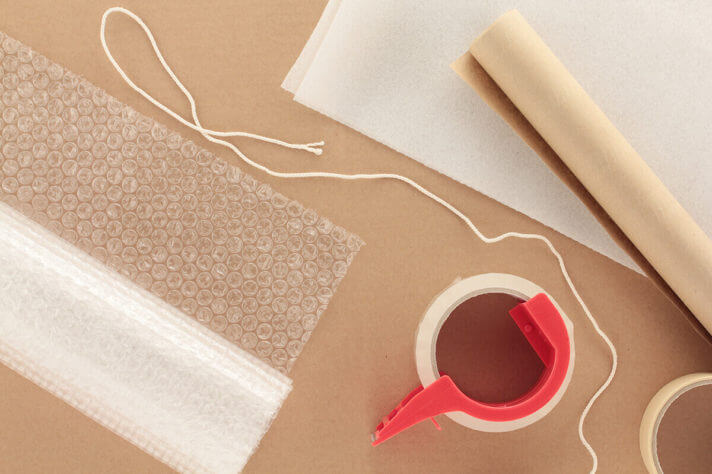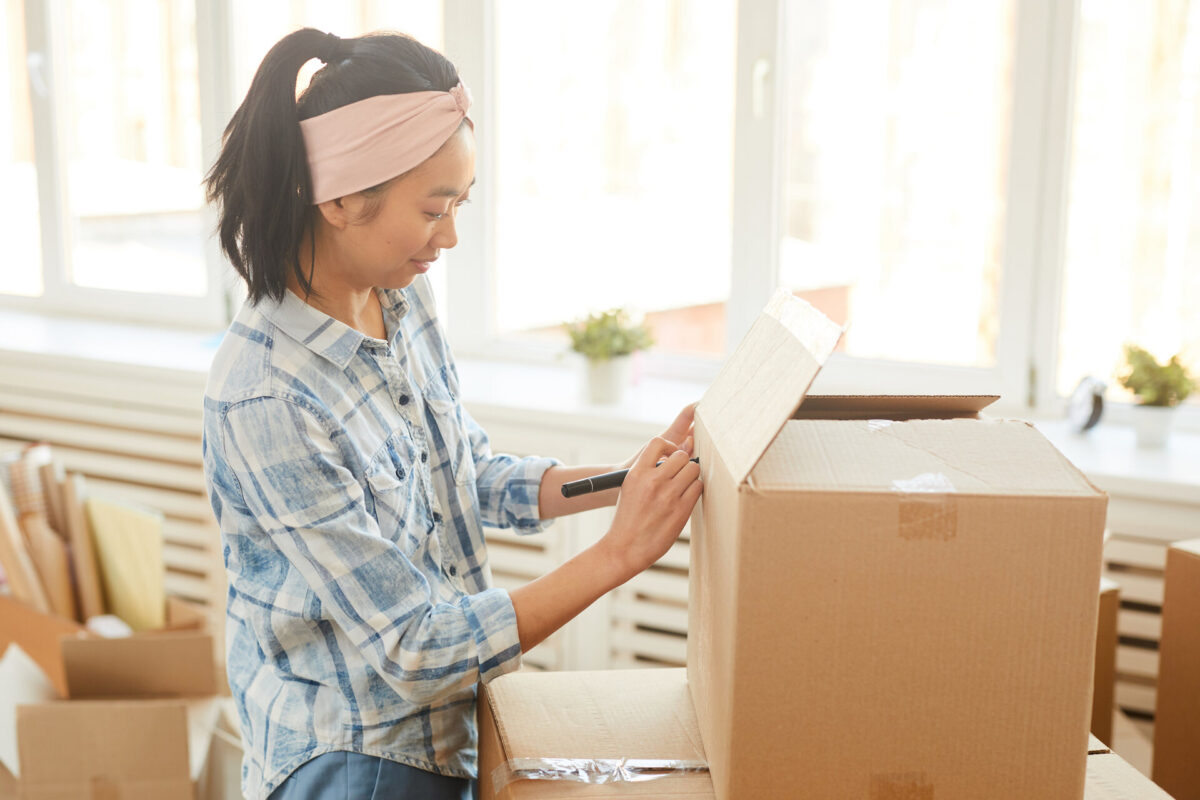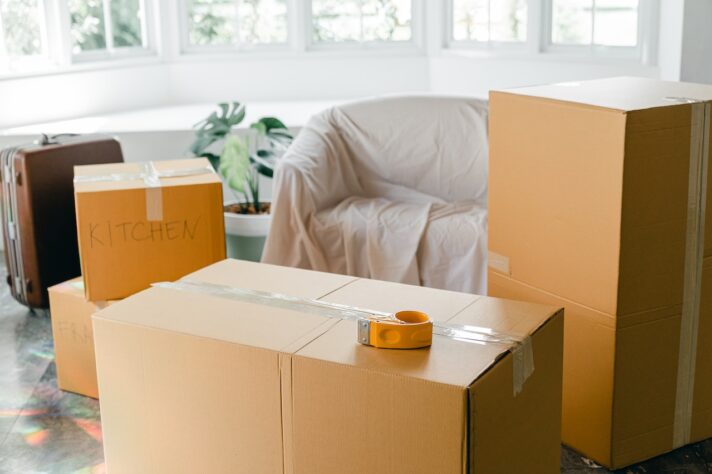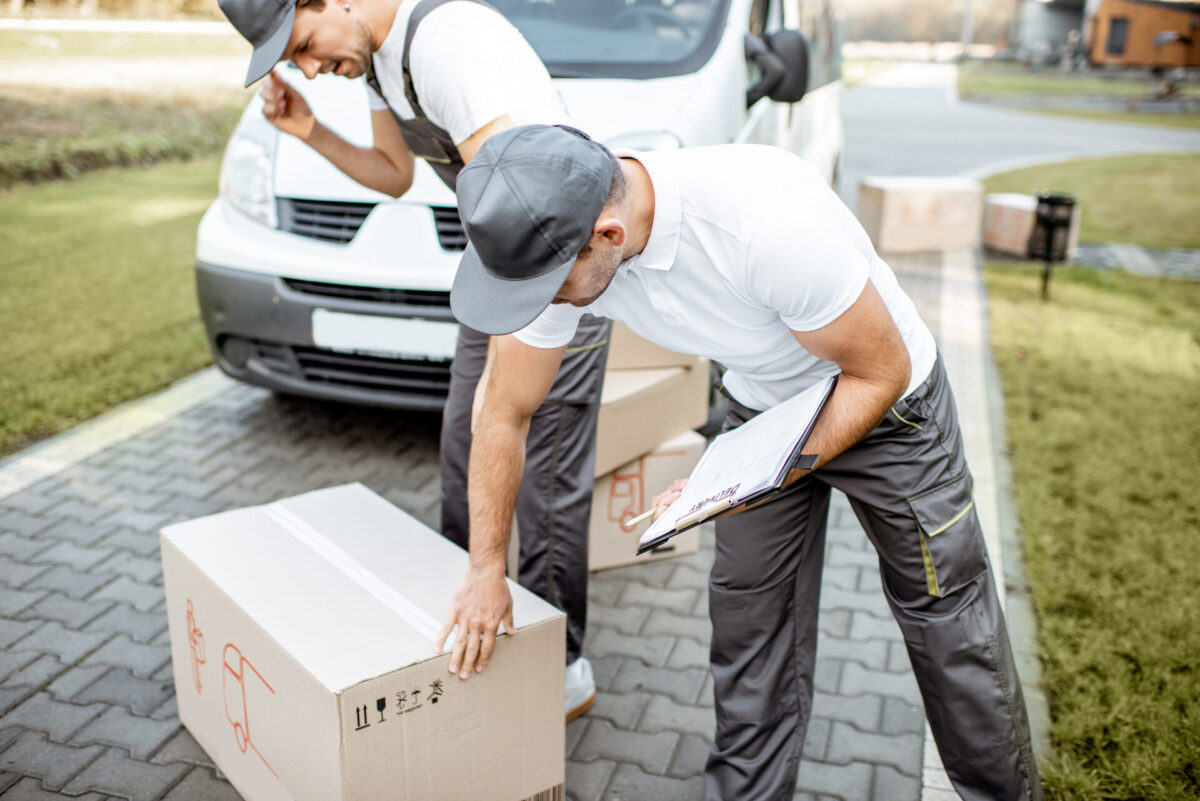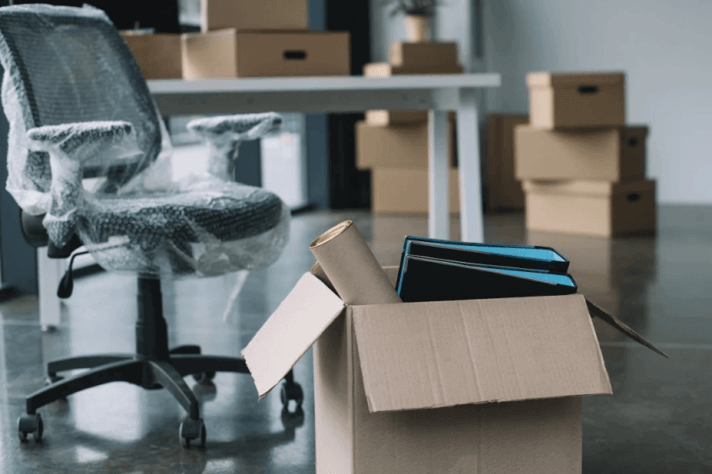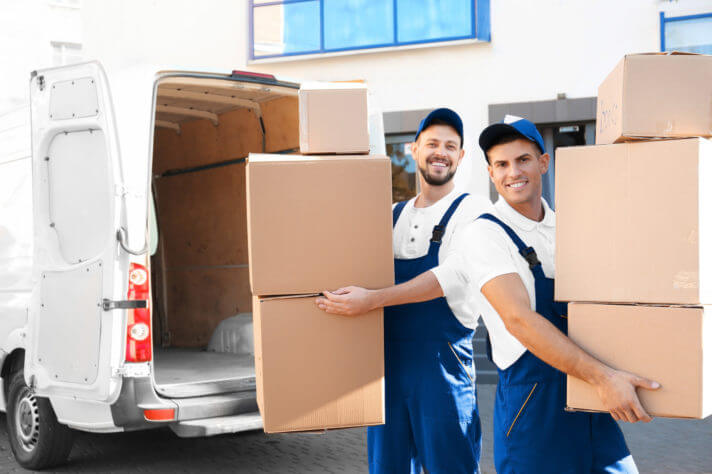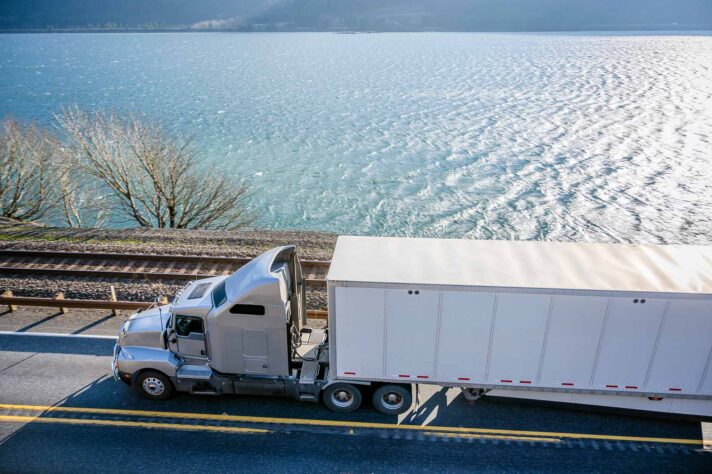Think the move is just about boxing your belongings and getting to your new place? Think again! The real deal is the journey itself, meaning figuring out how to prevent things from breaking while on the road. It’s like a game of Tetris but with your grandma’s china and your rare vinyl collection. Let’s get ready to bubble-wrap our way to success and leave the heartbreak of broken items behind.
Let's ensure all of your prized possessions have a safe journey Shattering Success – How to Prevent Things From Breaking
Start by categorizing and decluttering belongings, emphasizing fragile items. Invest in quality protective materials like bubble wrap, packing peanuts, and sturdy boxes. Carefully wrap and cushion each item, especially delicate ones, and pack boxes securely to prevent rattling. For a completely stress-free move, hiring professional movers is the best course of action.
Start by Categorizing Your Belongings Based on What Needs Extra Care
Did you know that, on average, Americans relocate about 12 times during their lives, as highlighted in the 2021 US Census Bureau Migration Report? Each and every person who makes up this statistic will surely tell you that protecting your belongings is one of the most important aspects of the whole ordeal.
*Around 3 million US citizens are moving cross country each year
The secret? It all begins with figuring out what to get rid of and organizing your load. It’s simple – the fewer items you have, the fewer headaches you’ll face in the long run. You might even be able to save money while you’re at it. Decluttering and organizing packing not only simplifies your move but also ensures that each item receives the attention and protection it deserves.
Tips for Staying Organized and Setting off the Journey on the Right Foot
Before diving into your packing schedule, take a moment to strategically organize your belongings. This is a pivotal step to ensure a successful, stress-free move. Here are some tips to guide you through the process:
- Tackle one room at a time to stay organized and avoid mixing items from different parts of your home,
- Divide your belongings into categories like clothing, books, kitchenware, and decorations,
- Within each category, identify and label fragile items, as these will need some extra attention once you start boxing up everything,
- Make a detailed home inventory of your items, especially the valuable and fragile pieces,
- Pack a box of essentials to keep with you during the journey and have it ready once you settle into your new home.
Every relocation schedule should start with decluttering Pack up the Right Way – It’s Time to Start Gathering High-Quality Protective Materials
The cornerstone of an efficient move lies in the quality of your packing materials. It’s not just about throwing things in boxes and hoping for the best – it’s about cushioning each item’s journey with care.
High-quality bubble wrap, foam peanuts, and packing paper act as shock absorbers for your valuables, while sturdy boxes serve as their protective fortresses. Investing in these materials pays off in peace of mind, ensuring that your items arrive just as they left – intact and undamaged.
How to Choose the Right Box and Ensure Transit Safety
When it comes to relocating to another state, size matters. Too small, and you risk damage from overstuffing your boxes – too large, and your prized possessions may shift and break. Opt for boxes specifically designed to handle shipping, and pay special attention to their size. Also, look for specialized boxes for certain items, such as dish packs for kitchenware or wardrobe boxes for clothing.
But the adventure is only beginning – you need to reinforce the integrity of each box by securely taping the bottom. This extra step can prevent disastrous bottom-outs during lifting. For added security and cushioning, line the bottom of each box with padding. This could be bubble wrap or even towels and blankets, which work magic in keeping your belongings safe and sound.
Consider sturdy boxes your trusted companions for this journey Consider Hiring the Professionals – Cross-Country Moving Companies Are There to Lighten the Load
If the thought of organizing your move is already causing you headaches, booking reputable long-distance moving services can be a tremendous relief. Experienced professionals, such as the Cross-Country Moving Company, offer added packing services that go beyond merely loading and unloading your stuff. They bring their own high-quality materials, as well as expert care, saving you not only time but lots of relocation stress as well.
Full-Value Protection Is the Golden Ticket to a Stress-Free Move
Hiring cross-country movers comes with a significant perk in the form of moving insurance, two types of it, to be exact. The first, mandatory liability, covers your belongings at a basic level of $0.60 per pound of the item. This means if any item is lost or damaged, the long-distance moving company is liable to compensate you based on the item’s weight.
The second and more comprehensive option is full-value protection. This insurance covers the repair, replacement, or reimbursement of any items that are lost or damaged during the whole ordeal. While it may come at an additional cost, it’s often worth the investment for the assurance it brings.
Carefully Wrapping, Padding, and Packing Each and Every Item Is the Golden Ticket to Success
If you’re set on handling your stuff without the aid of a cross-country moving service, equipping yourself with a range of relocation hacks is the way to go. Here are some of the most important tips to get you started:
- Glassware – stuff the insides with paper, wrap each piece individually in bubble wrap, and secure the wrap with tape,
- Lamps – disassemble, wrapping the base and the shade separately with soft padding materials,
- Electronics – ideally, pack in original boxes or wrap in anti-static bubble wrap and cushion with foam padding,
- Porcelain items – wrap in bubble wrap and then in soft paper, securing each piece with tape and placing them in padded boxes,
- Artwork and paintings – wrap in acid-free paper followed by bubble wrap, and use corner protectors for framed pieces,
- Wine bottles – utilize specialized wine packing boxes or wrap each one in lots of bubble wrap, fitting it snugly into the box,
- Jewelry – utilize small bags or a jewelry box, cushioning with cotton or bubble wrap to prevent movement and damage.
After wrapping and cushioning your items, the next step is to start filling those boxes. The general rule here is simple – if it can rattle, it’s not secure enough. Use crumpled paper, bubble wrap, or even towels and linens to fill empty spaces in boxes, ensuring that items are snug and immobile. This principle applies to everything from kitchenware to knick-knacks. Here’s a helpful video from which you can learn some additional tips that might come in handy:
Once You’ve Boxed Up Everything, It’s All About Strategic Loading
Whether you’re taking the DIY route or have hired long-distance movers, understanding the basics of strategic loading can be a game-changer. If you’re doing it yourself, this knowledge is your key to relocating safely. Even if you’ve hired professionals, being informed allows you to oversee the process and ensure that everything is loaded correctly.
Best Practices for Loading Boxes Onto a Vehicle
The first rule of loading is weight distribution. It’s essential to prevent the vehicle from being unbalanced, which can affect handling and increase the risk of accidents. Start by placing the heaviest boxes at the bottom and towards the front of the truck. As you stack, gradually move to lighter boxes, making sure that no heavy items can shift and crush lighter, more fragile items underneath.
Use ropes, bungee cords, or straps to tie down your belongings, preventing any movement during transit. This is especially important for those long drives where road vibrations and turns are inevitable. Also, if there are gaps between boxes, fill them with soft items like bags, clothing, linens, or pillows.
If you need assistance, movers are experts at loading and unloading the truck Any Damage Should Be Addressed as Soon as You Notice It
Unpacking after the move can sometimes come with unpleasant surprises. If you’re encountering some level of wear and tear, it’s crucial to address any damage as soon as possible. It allows for a quicker resolution, whether it’s repair or replacement, and you’ll have an easier time proving that the damage occurred during transit and not after.
If you find any damage, document it immediately with photographs. Keep a list of damaged items, including a description and, if possible, the estimated value. If the movers are still present, show them the damage to get their acknowledgment, which can be helpful later. Above all, don’t stress – these kinds of things can happen, and professionals offer coverage exactly for that reason.
Insurance policies are there to safeguard you from any unpleasant surprises With the Right Cross Country Moving Services, a Seamless Transition Awaits You
As we close the curtains on this padded saga, it’s clear – categorizing, cushioning, and boxing up your prized possessions should be done with plenty of care. But hey, if this sounds more like a chore than an adventure, there’s always a plan B – getting professionals to lighten the load and offer top-notch care for your treasures.
If the thought of orchestrating the whole ordeal on your own seems pretty overwhelming, contact us at Cross-Country Moving Company and let us take the weight off your shoulders. With our comprehensive services, state-of-the-art moving equipment, and dedicated team of experts, each and every piece will be in safe hands. Give us a shout, and let’s make some moving magic together!
FAQ
What Are the Best Materials for Electronics?
For electronics, anti-static bubble wrap is the best choice as it prevents static damage. Additionally, using foam padding and sturdy boxes that fit closely around the device provides extra protection against impacts and vibrations during the move, making it the easiest way to do this kind of work.
How Much Bubble Wrap Is Necessary for Glass Items?
For glass items, it’s advisable to wrap each piece in multiple layers of bubble wrap until fully cushioned. Typically, two to three layers should suffice, but the key is to ensure that the item feels secure and doesn’t rattle within the bubble wrap.
What Should I Do if I Don't Have Enough Packing Materials?
If you’re short on protective materials, get creative with household items. Soft textiles like towels, blankets, and clothing can be excellent substitutes for traditional packing materials. They provide cushioning and protection, especially for less delicate items.
Can I Reuse Old Boxes for Packing Fragile Items?
You can reuse old boxes for packing fragile items, but ensure they are still sturdy and free from damage. Reinforce them with extra tape, especially on the bottom, and check that they can securely hold the weight without bending or collapsing.
Is It Necessary to Label Boxes With Fragile Items?
Yes, it’s essential to label boxes containing fragile items. This alerts anyone handling the boxes to exercise extra caution. Labels like “Fragile,” “Handle with Care,” or “This Side Up” can significantly reduce the risk of damage during the process.
How Do I Pack Oddly Shaped Fragile Items?
For oddly shaped fragile items, use a flexible packing material like bubble wrap, conforming to the item’s shape. Fill any gaps with crumpled paper or foam peanuts to prevent movement inside the box. Customized packing or building a cardboard support around the item can also offer additional protection.
What Are the Common Mistakes to Avoid When Packing Delicate Items?
A common mistake when packing delicate items is not using enough cushioning, which can lead to damage from impacts. Overpacking boxes, causing them to be too heavy and risking collapse, is another error. Lastly, neglecting to label boxes containing fragile items increases the risk of improper handling during the move.
